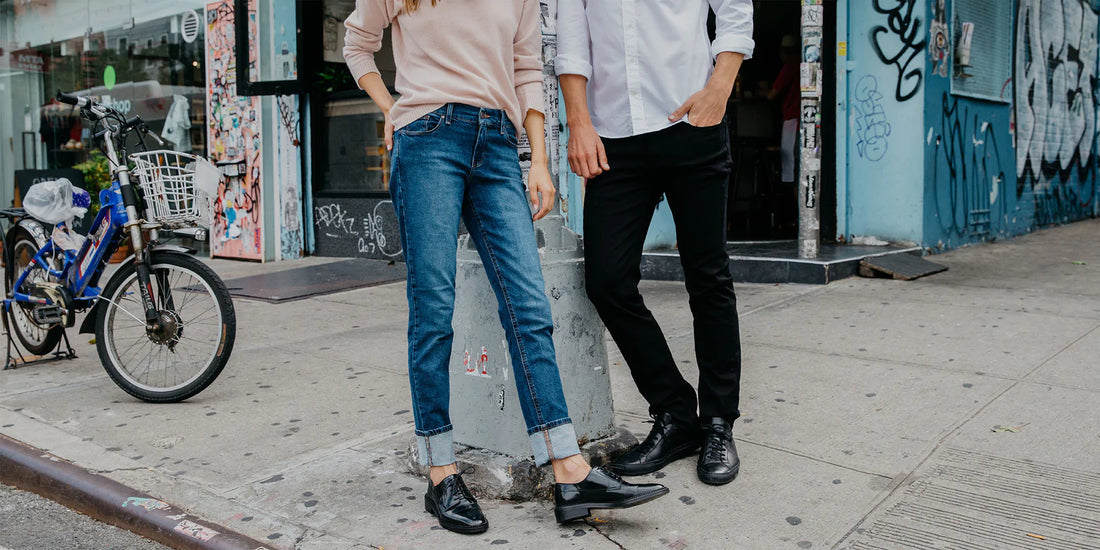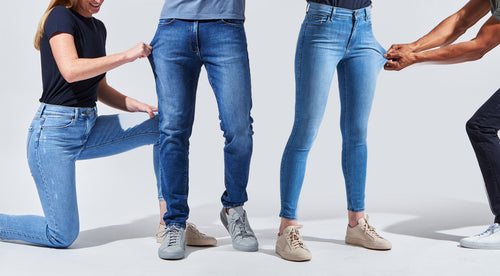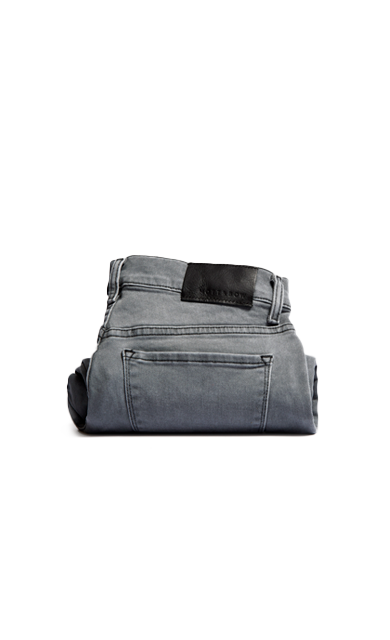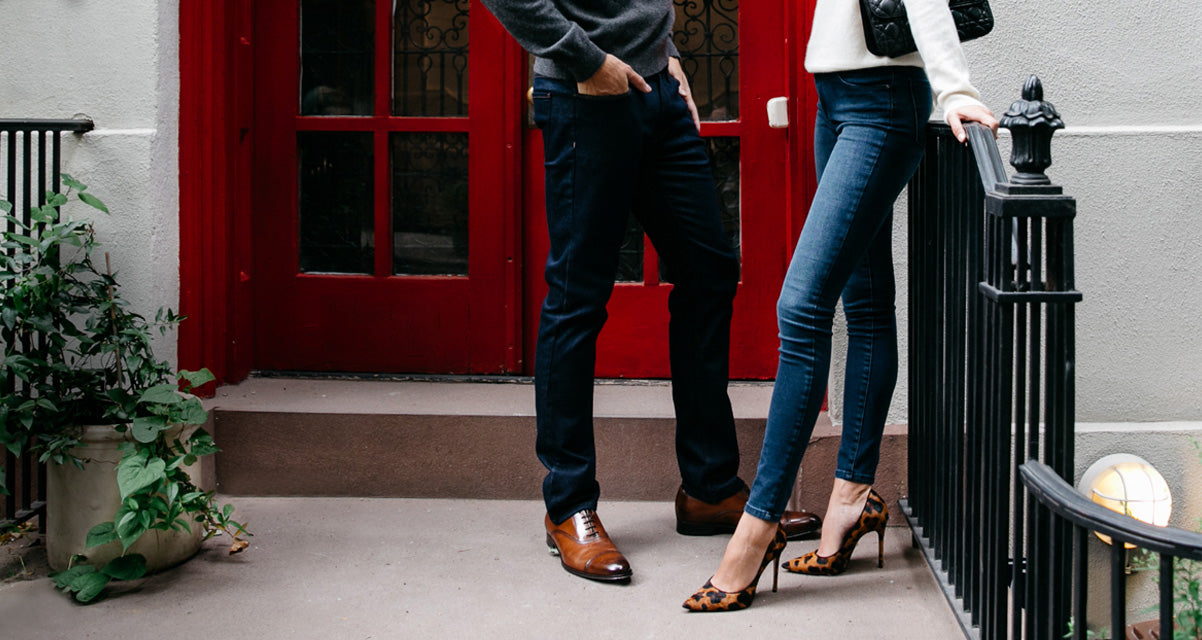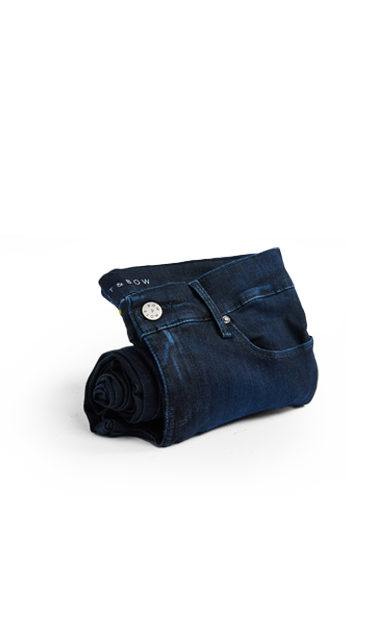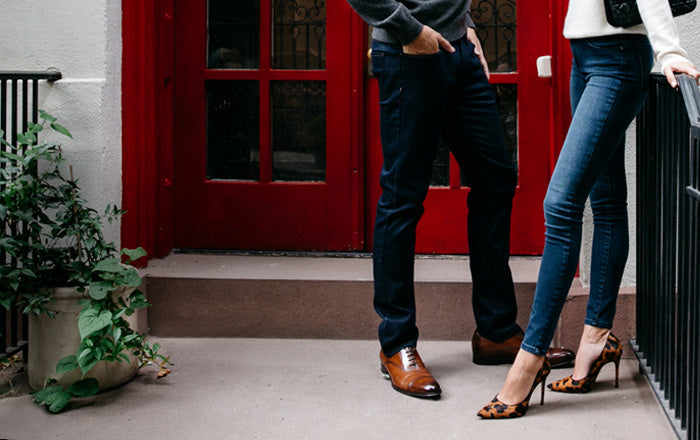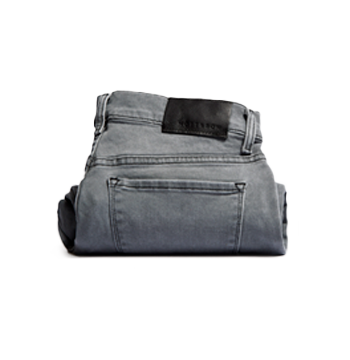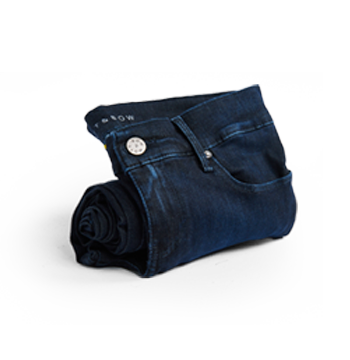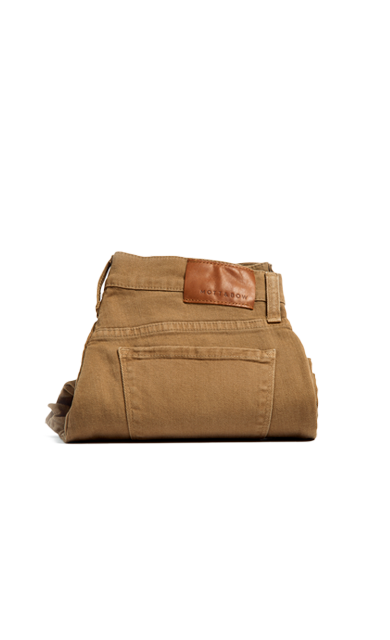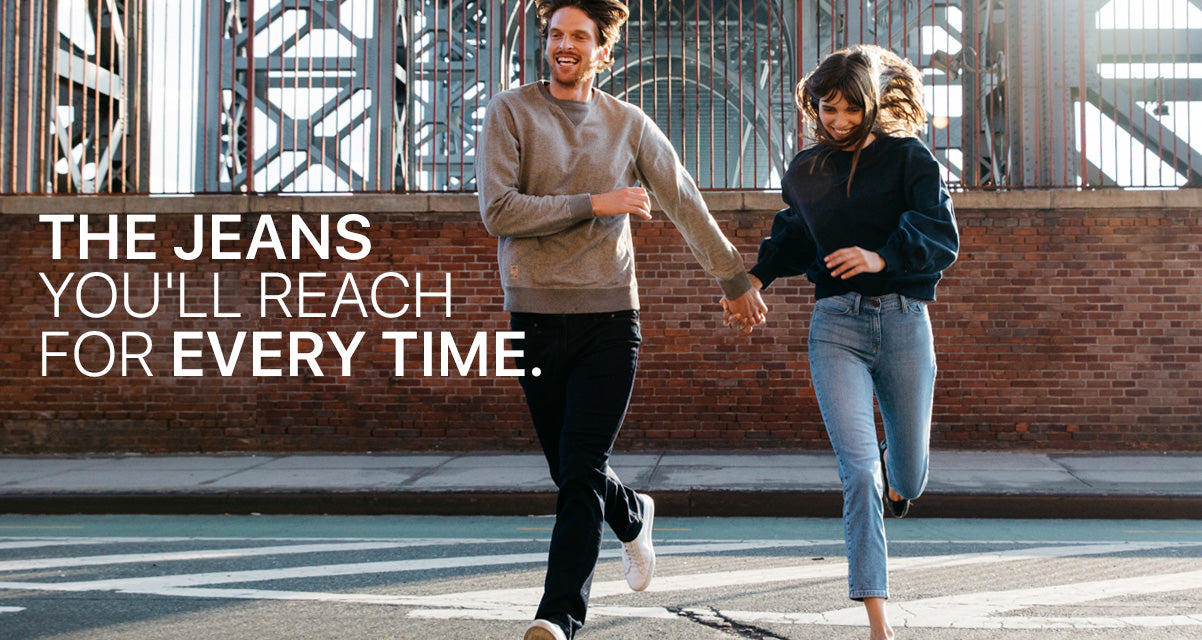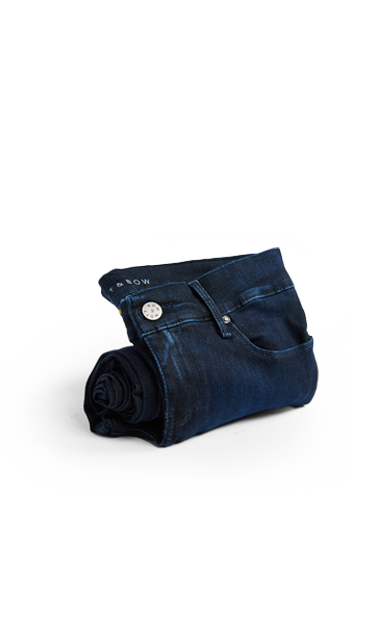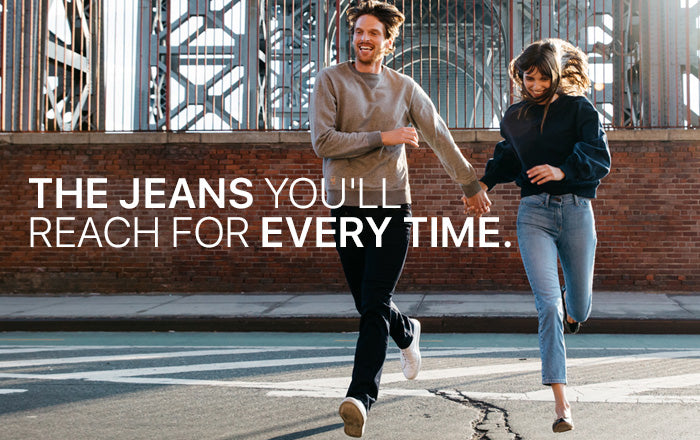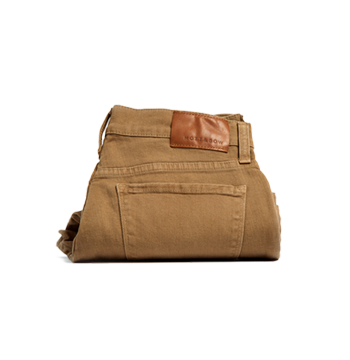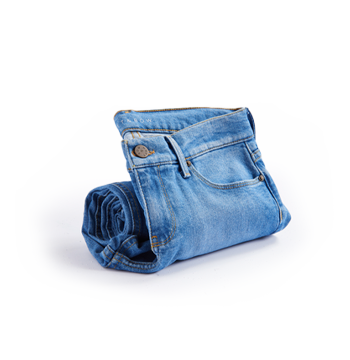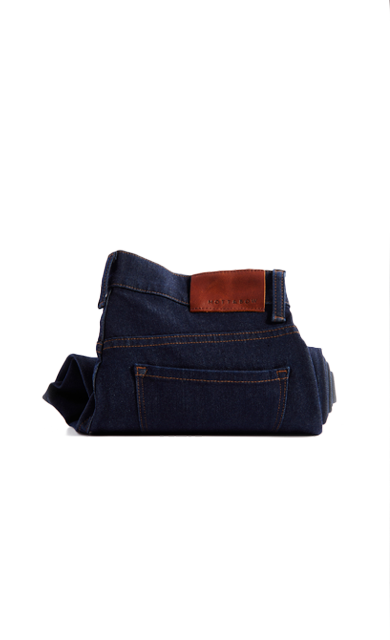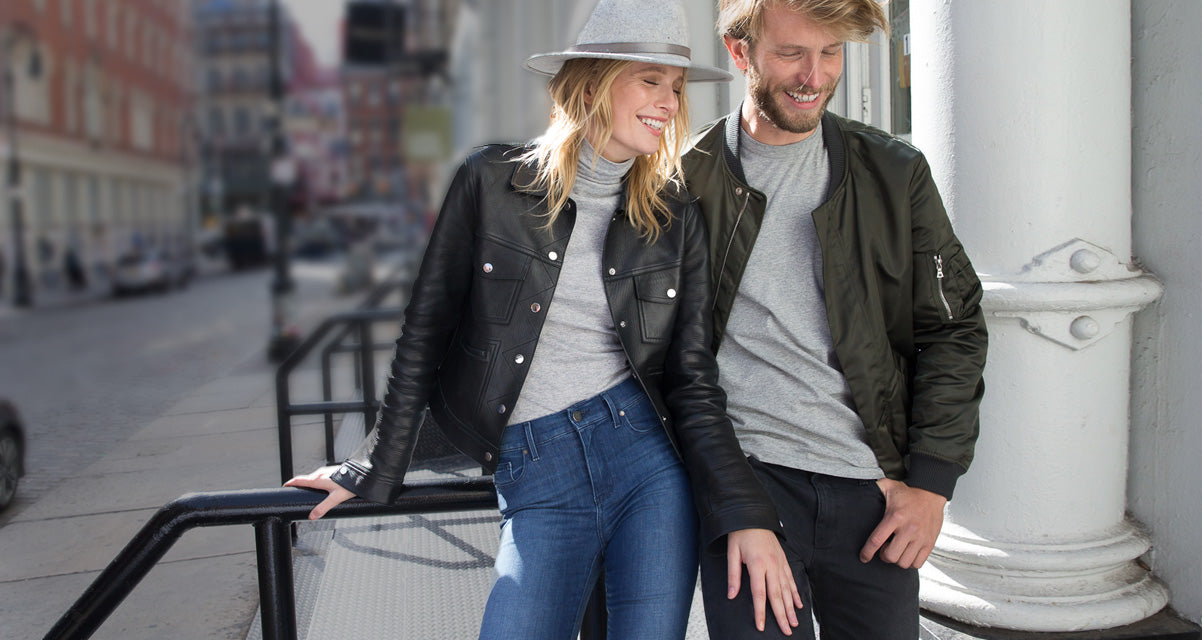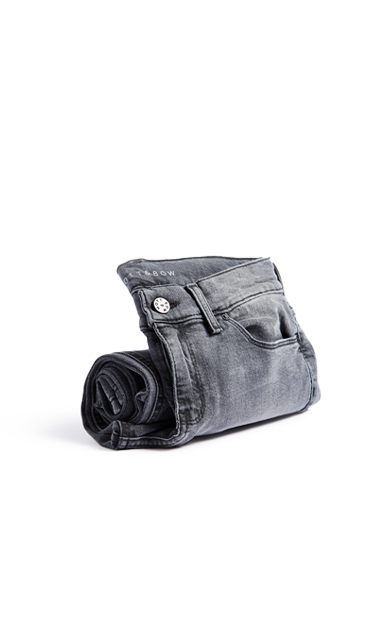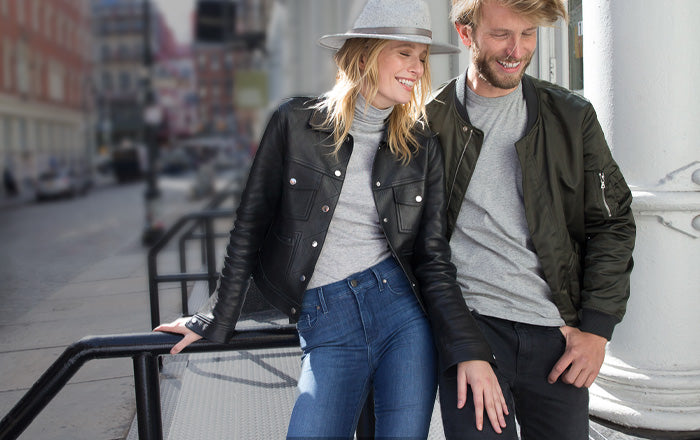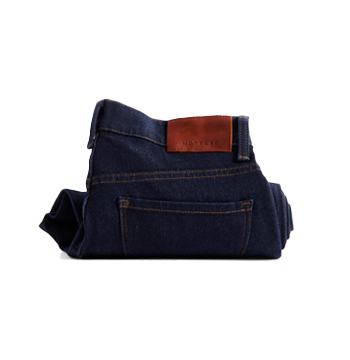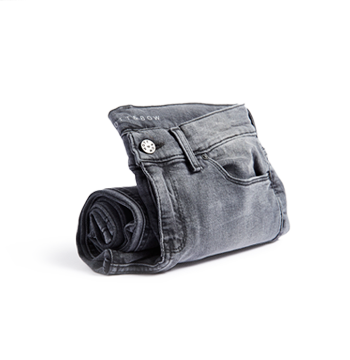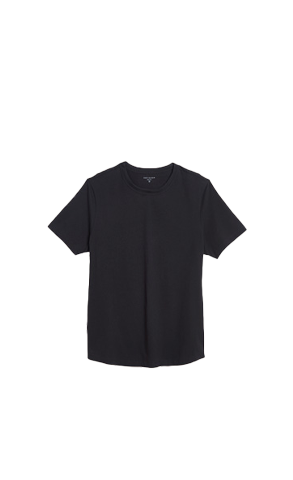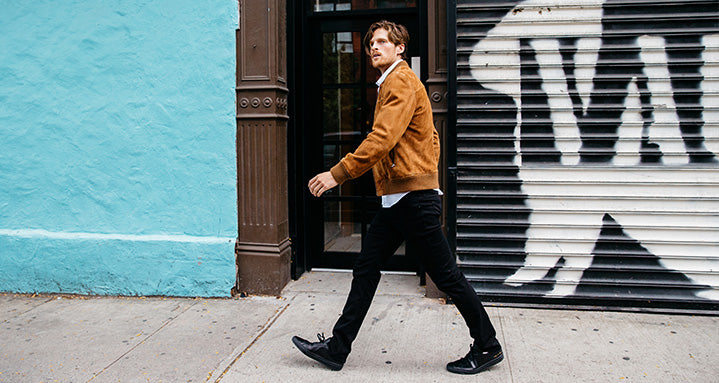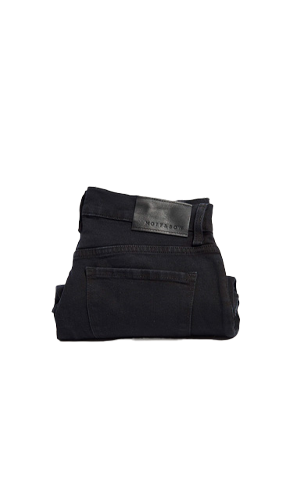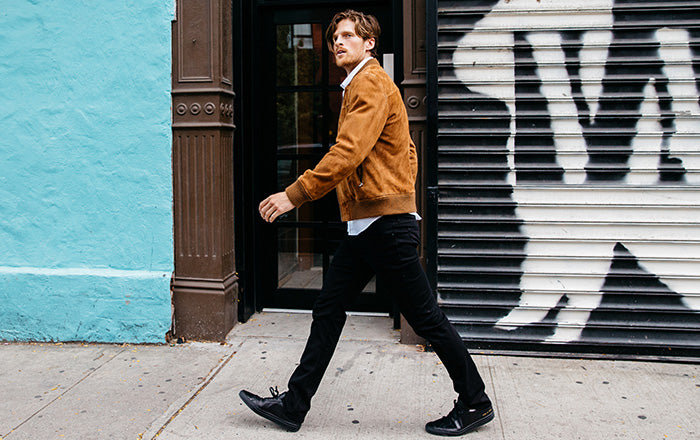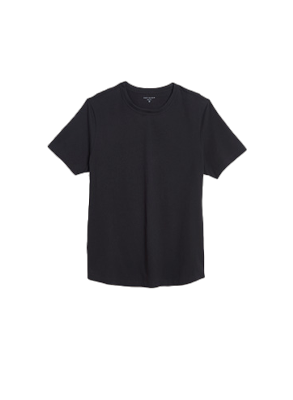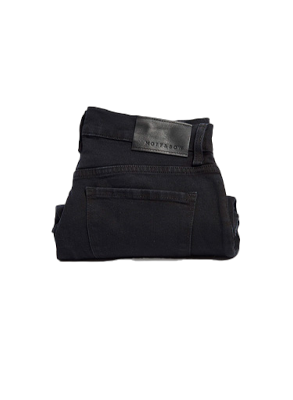Finding jeans that fit you well is no simple feat, but there’s one hack that can make that process 10 times easier: knowing your measurements. Especially if you’re shopping online.
Taking your measurements, writing them down and having them at hand when browsing your favorite stores just makes everything simpler. If you’re never absolutely sure which size to buy, or are one of those people that considers buying two of everything just to try: this is your lucky day. Today, you’ll learn how to say goodbye to all of that, and how to wave hello to size charts, your new best friends.
Read on to learn how to precisely measure yourself in a few easy steps!
Women's Jeans Size chart

Men's Jeans Size Chart

How to Measure Your Hips and Waist Correctly
If you’re shopping for jeans, being familiar with your waist and hip measurements is a life saver. But before measuring yourself, make sure you actually know the difference between your waist and your hips! Your waist is the smallest part of your torso, where your body dips in. Your hips are below that, and they are usually wider than your waist. Your hip measurement includes your butt and your hips.
Accurately measure your hips in 4 easy steps:
- If you can, stand in front of a full length mirror-it’ll be easier for you to make sure that the measuring tape is not twisted or uneven.
- Place your feet together.
- Wrap the measuring tape around the widest part of your hips, including your butt.
- Your measurement is the point at which the end of the tape meets the remaining length.
How to get a precise waist measurement:
- Stand in front of a full length mirror to make looking at yourself easier, and to ensure that the measuring tape is not twisted or uneven, particularly in the back.
- Remove or raise your clothing: you’ll need the measuring tape to rest on your bare stomach to get an accurate measurement.
- Find your waist: your waist is the soft and fleshy section located between the top of your hips and the base of your rib cage, at or above your belly button. It will also be the most narrow part of your torso.
- Wrap the measuring tape around your waist while standing straight and breathing normally. It should fit snugly around your torso without digging into your skin.
- Your measurement is the point at which the end of the tape meets the remaining length.


FAQs:
1. How do you know your jean size without trying them on?
Measure your hips and refer to our size chart!😉
2. How do you know if your jeans are too big?
Quick tip: if you need a belt to hold up your jeans, then they’re too big on you.
3. Is your waist the same size as your neck?
That’s actually an old wives’ tale! You might remember your grandma measuring your neck to see if the pants she’d bought you would fit, but there’s no scientific backing to that method. In fact, you could probably rebuff it with simple logic: a man who wears a size large in jeans will usually have a waist circumference of around 35 and 36 inches, and the average neck circumference is 22 inches. So, no: your waist is not the same size as your neck, and on the extremely odd chance that they both happened to measure somewhat similarly, that would be no more than a coincidence.
4. Should jeans be tight when you buy them?
Not at all! Jeans should fit you comfortably, and it’s a good idea to know your measurements and preferred styles when shopping, so that you choose a pair that not only looks good on you, but fits you well.
As a general rule, jeans should be “tight” enough that you don’t need a belt to wear them, but “loose” enough so that they don’t feel constricting, or like they’ll rip and tear if you move or squat.
5. Do jeans get looser over time?
Jeans typically stretch out a bit after wear (think around half a size), but after washing and drying them, they shrink back to their original size. So they won’t get tighter or looser than they were when you bought them. The opposite is quite true: they might revert back to their original shape if they had stretched out after a couple of uses!
6. Where should jeans hit your ankle?
Generally, jeans should be long enough to reach the tops of your feet with a little extra fabric, but short enough that the hems aren't dragging on the ground.

